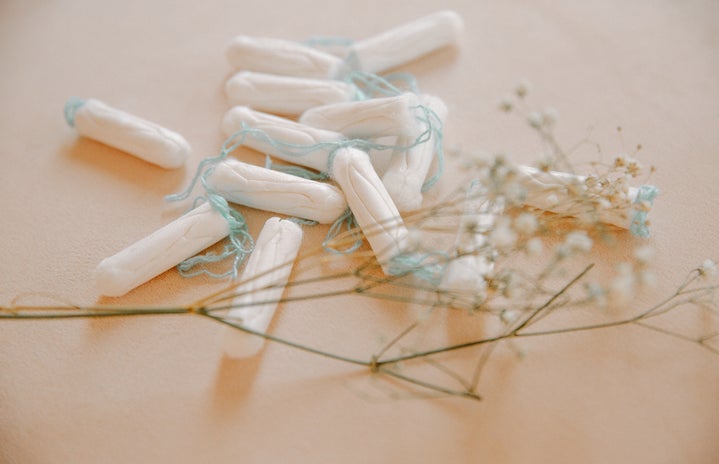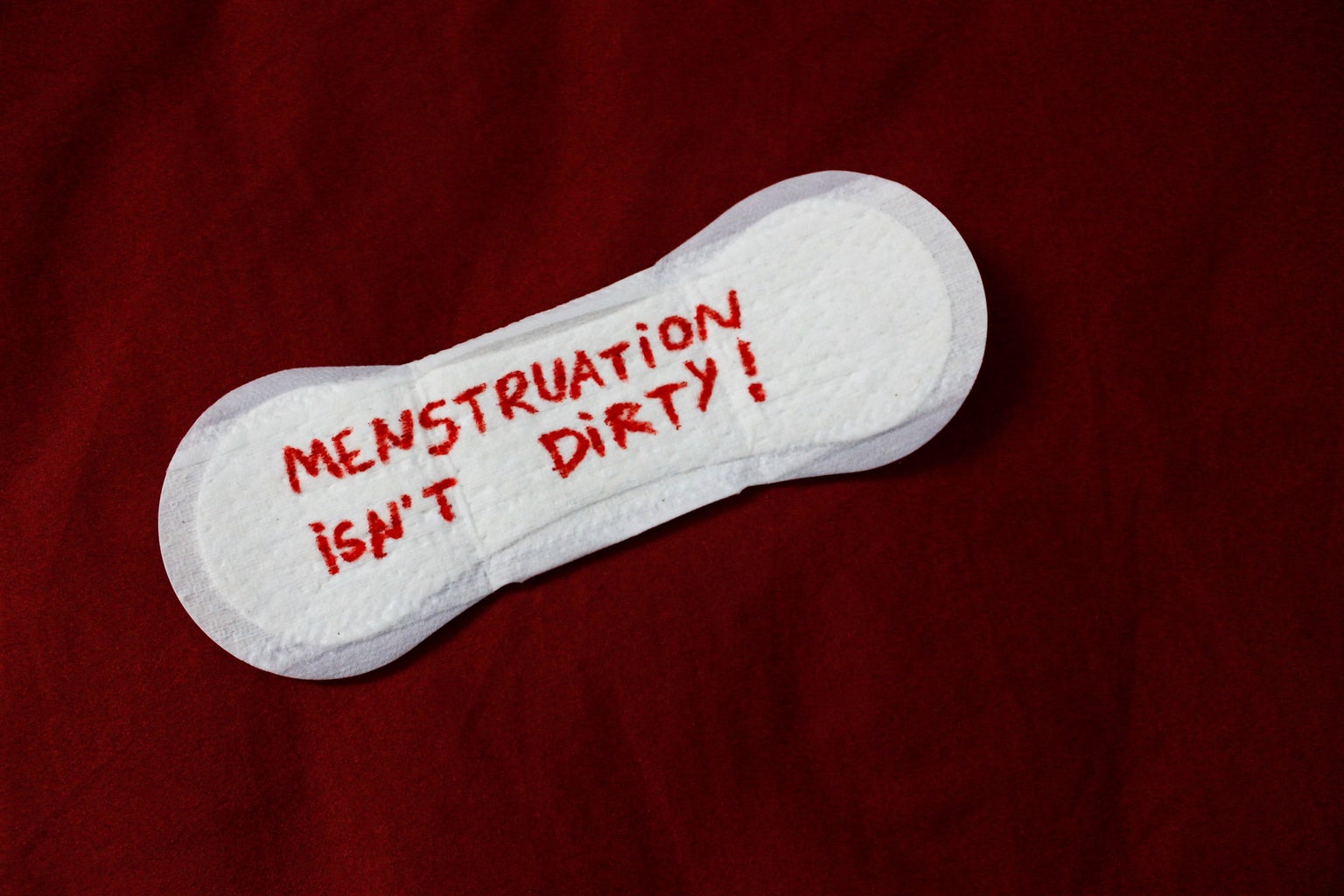With March being women’s history month, we must discuss the evolution of menstruation products. It is also always important to educate ourselves on menstruation and its impact on us as women and society. First off, we must define menstruation, menses, or period, it is when lining and tissue from the uterus is discharged, usually occurring once a month but it can be completely normal for them to be sporadic for the first couple years of menstruation. This exiting of tissue must occur to prepare the uterus for pregnancy and it is a handy indicator if you are or are not pregnant. Your menstrual cycle is so much more than just the week of bleeding. During your cycle, eggs in your ovaries will mature by the use of hormones, estrogen and progesterone. Ovulation occurs and causes the egg to come through the fallopian tubes into the uterus. If this mature egg is not met with sperm you get your period to release the egg and the lining of the uterus.
In ancient civilizations of Hindu and Chinese, menstruation was viewed as a sign of fertility, thus it was thought of as a positive aspect for a woman and brought good luck to a household. Many historians believe that some form of tampon was used in ancient Egypt by pre-rolled cotton or softened papyrus. In ancient Greece, tampons were made by wrapping small pieces of sticks together with lint (that’s right, sticks, scary huh). Sea sponges were also often used and many individuals still use this natural method to avoid harsh additive ingredients. It is also noted that the Romans would make tampons and pads out of wool. As a woman in the 21st century who has a period every month, these methods sound terrifying to me and make me incredibly grateful for the ease that I am provided with my period and today’s products.
Unfortunately during medieval times, there was a lot of religious shame around menstruation. With this in mind, women would often wear pouches of scented herbs like lavender, sage, or basil around their waist to hide any smell of blood. It is also important to note that menstruation was not incredibly common in the “olden days” as women would reach menopause much earlier in life with the shorter life spans being the norm. Rags were also a common tool in creating homemade pads however, as you could imagine it was hard to keep in place as underwear was not common at this time.
The Victorian era was the first time there was a major win in the production of menstruation products! The first disposable pads were created by Johnson & Johnson in 1888. Two years later hoosier sanitary belts became pretty popular. It was a belt with an area to put a washable and thus reusable cloth or sanitary pad in. Dr. Earl Haas also created a tampon made of cotton and two cardboard tubes during this time period. These are the kinds we see in most public bathrooms, however the ones we see nowadays have a string attached to the absorbent cotton. The pads we see nowadays with the sticky side to attach to underwear were invented in the 1970’s, so truthfully they are still pretty new to the world! Nowadays many tampons have the same design but use plastic instead of cardboard for a smoother application. Many reusable products have also come to light such as period underwear and menstrual cups!
Menstruation may not be fun to go through and can be awkward to talk about but it is something we must do to remove the stigma!
Like this? Check out @hercampuscwu on Instagram for more!



